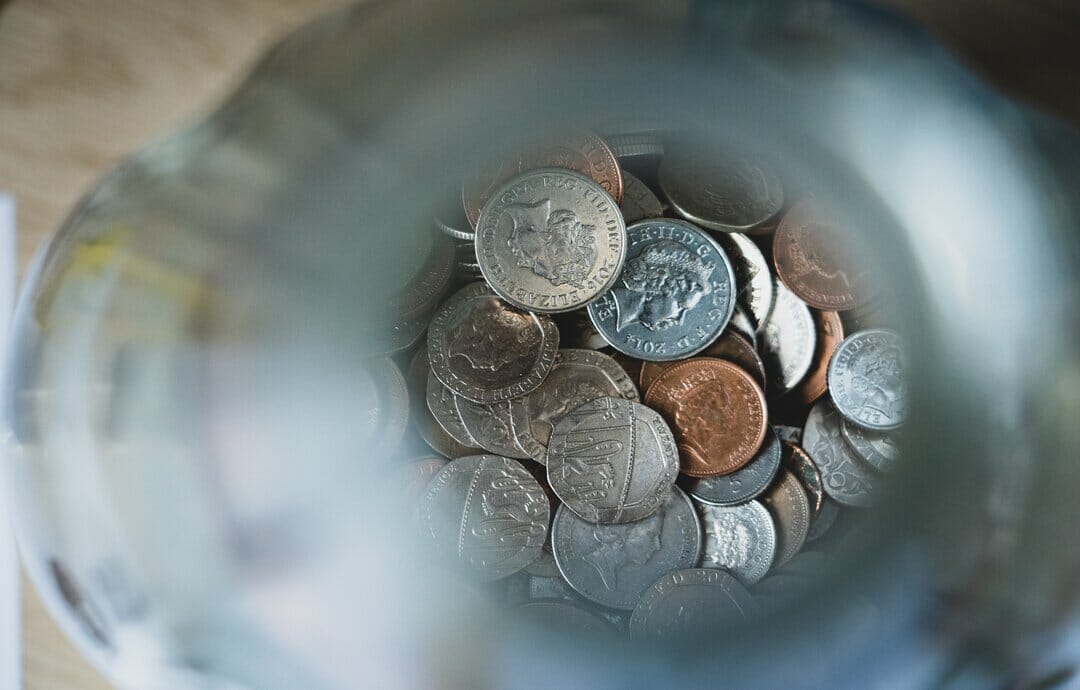Retiring early is a dream for many people as it offers the freedom to enjoy life on your own terms outside the 9-5 grind. Currently, the earliest age someone can start drawing their state pension is 66 and this is slowly increasing as the years go by. In fact, if you are currently in your 50s, you won’t be able to claim your state pension until you reach 67.
If you aspire to take retirement early, you’ll need to start planning as soon as possible. Achieving early retirement requires careful planning, disciplined saving and smart investment choices. In this guide, we will explore the steps you can take to retire early in the UK, providing insights on early retirement age, financial calculations, investment strategies, and more. So, let’s get started and explore the possible paths and options that could lead you to early retirement.
Understanding Early Retirement Age in the UK
The earliest age at which you can access your state pension in the UK is currently 66. Early retirement means retiring before this age, whether that’s at 65, 60 or even 50 if you are in a good position to do so. Also, for some, retiring might not mean that you want to stop working completely. To some people, it might mean they want to still earn an income but in a different way. It’s important to determine what your idea of early retirement is so you can start planning and working towards that goal.
In this article, we will assume that for our readers, taking early retirement means not working at all, but of course, if you want to, that’s completely up to you!
If you want to retire early, you must build a robust retirement fund through personal savings and investments. It’s important to note that retiring early usually means you’ll need to finance a longer retirement period, so careful financial planning is crucial.
How Early Can I Retire?
We no longer live in a world where men retire when they reach 65 and women when they turn 60. To comfortably retire at the state pension age or earlier, you’ll need to achieve financial independence. Many people confuse financial independence with wealth.
However, what financial independence actually means is that your total outgoings over the rest of your anticipated life don’t exceed your income plus savings. So you can think of it as living within your means and not necessarily being hugely wealthy. Of course, the amount you require will depend on what lifestyle you hope for post-retirement.

How Can I Become Financially Independent?
- Pay off debt.
- Pay off your mortgage, or be close to doing so.
- Have enough money coming in to live your life comfortably – via your pension.
- Have emergency savings.
To become financially independent, start by setting clear goals and creating a budget to track your income and expenses. Reduce and manage your debt while saving and investing wisely. Look for opportunities to increase your income and live below your means where possible.
Diversify your income streams to minimise risk and continuously educate yourself on financial matters. Achieving financial independence is a gradual process that requires discipline and a long-term perspective on managing your finances.
How Much Do I Need To Retire Early?
First things first, you need to determine how much you need to retire early and live comfortably within your means. Of course, this is easier said than done because we cannot predict the future and we don’t know exactly how long we will live.
When working out how much you will need, it’s best to err on the side of caution and overestimate your life expectancy.
Let’s assume your life expectancy is the UK average of 81 and you would like to retire at 65. In this example, it is recommended your plan covers the cost of living for 20 years instead of 16 to give you a comfortable cushion.
Next, you’ll need to write down a forecast of your expected living costs after retirement. Make sure you take into account inflation in your costs. Ensure you add any luxuries you want to be part of your future, such as regular holidays and hobbies. From these figures, you can determine exactly how much your retirement will cost.
Take note of this figure and divide it by the number of working years you have left. This is how much you will need to save annually to retire when you want to.

You should also list all your current assets, which could help fund your early retirement. For example:
- Pension pots, both work and personal.
- Income from any final salary pensions you have.
- Savings and investments.
- Your home.
- Other property you could potentially sell or let.
- Other income streams available after retirement.
List each of these separately, as some will be lump sums, and others could provide a regular income. This will give you a good idea of whether you have enough to live comfortably before you are able to access your state pension.
It’s estimated that £28,000 a year for retired couples is an adequate figure to live on comfortably, rising to £44,000 for a more luxurious lifestyle. A full state pension will pay out up to £10,600 per year. This leaves a shortfall of approximately £17,500, so you will need to consider ways to fund this as your starting point.
In 2023 the state pension has been boosted by 10.1% – marking its largest-ever increase. Most UK residents will receive some state pension depending on the number of years they have paid national insurance for. However, the system is complex and it’s worth looking into exactly how much you will be entitled to based on your individual circumstances.
Your own research will pinpoint how much extra you will require per year for the little luxuries in life. Also, if you plan to retire before the state pension kicks in, you will need a plan that covers the whole amount in the years leading up to the state pension age.
Consult an Early Retirement Calculator
Utilising an early retirement calculator can provide you with a clearer understanding of your financial goals. These calculators consider various factors like current savings, investments, expected returns and inflation rates. They estimate how much you need to save monthly or annually to retire early and maintain your desired lifestyle.
Several online tools are available that cater specifically to the UK market. Some popular calculators include Money Helpers Retirement Calculator, PensionBee’s Retirement Planner, and MoneySavingExpert’s Retirement Calculator. These tools offer valuable insights into your financial standing and can help you make informed decisions.

What Do I Need To Do To Retire Early?
- Save Aggressively. One of the fundamental principles of early retirement is saving a significant portion of your income. Aim to save at least 50% of your earnings, if possible. Evaluate your expenses and identify areas where you can cut back. Consider downsizing your home, reducing unnecessary spending and prioritising saving over luxury purchases.
- Invest Wisely. Building a diversified investment portfolio is key to growing your wealth and achieving financial independence. Seek professional advice or conduct thorough research to determine the best investment vehicles for your goals. Consider options like stocks, bonds, property and index funds. Take a long-term approach and avoid speculative investments that carry high risks.
- Minimise Debt. Carrying significant debt can impede your progress towards early retirement. Prioritise paying off high-interest debts like credit cards and personal loans. Adopt a disciplined approach to debt management and avoid accumulating new debt. Clearing your debts early will free up more funds for savings and investments.
- Create Multiple Income Streams. Relying solely on a traditional 9-to-5 job may not provide the financial flexibility needed for early retirement. Explore opportunities to generate additional income streams. This could involve starting a side business, investing in rental properties or generating passive income through dividend-paying stocks or peer-to-peer lending platforms.
- Continuously Monitor Your Progress. Regularly review your financial situation to ensure you’re on track to retire early. Adjust as necessary, such as increasing your savings rate, adjusting investment strategies or exploring new income-generating avenues. Periodically reassess your retirement goals and seek professional advice when needed.
Conclusion
Retiring early in the UK is an achievable goal with careful planning, disciplined saving and strategic investments. Determine your early retirement age based on your financial aspirations and calculate the amount you need to save to support your desired lifestyle. Leverage online tools and consult financial professionals to optimise your retirement plan.
Remember, achieving financial independence and retiring early requires commitment, discipline and the ability to adapt to changing circumstances. Stay focused, monitor your progress and make informed decisions along the way. With the right approach, you can turn your dream of early retirement into a reality and enjoy the freedom and flexibility it offers.


